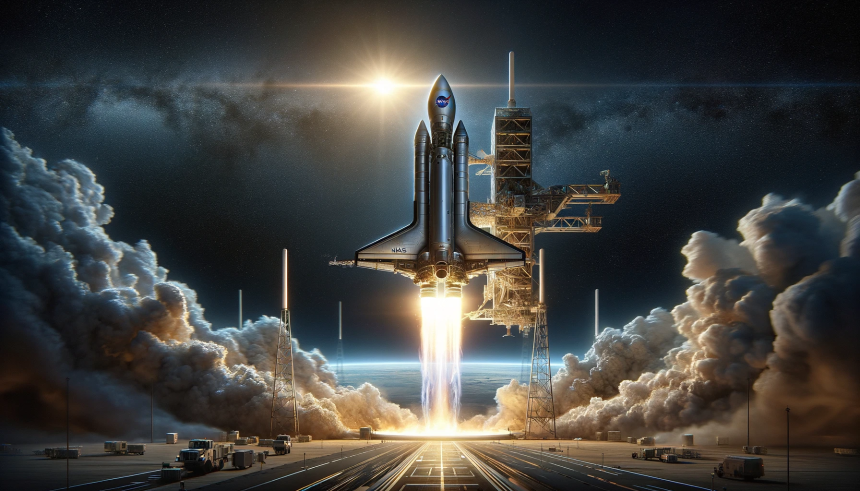NASA scientists have identified a potentially unprecedented exoplanet system, featuring a super-Neptune orbiting a hypervelocity star. This discovery adds a new dimension to our understanding of planetary systems and stellar dynamics. The hypervelocity star, traveling at an extraordinary speed, poses questions about the mechanisms that allow a planet to remain in orbit under such conditions. This finding may lead to revisions in current astronomical models and theories about star and planet interactions.
Previous studies have documented hypervelocity stars traveling through space, but the presence of an exoplanet in such a system has remained elusive. Earlier research primarily focused on the origins and trajectories of these fast-moving stars, often considering their interactions with massive objects like supermassive black holes. The current discovery not only confirms the existence of planets around hypervelocity stars but also highlights the complex gravitational interactions that enable their survival.
How Was the Exoplanet Detected?
The exoplanet was initially observed in 2011 through the Microlensing Observations in Astrophysics survey conducted by the University of Canterbury. By analyzing the light curves of distant stars, scientists were able to identify the gravitational lensing effect caused by the hypervelocity star and its orbiting planet. Subsequent observations using the Keck Observatory and data from the Gaia satellite allowed researchers to measure the star’s speed and confirm the planet’s presence.
What Makes This Discovery Significant?
This discovery is significant because it challenges existing models of stellar and planetary formation. The fact that a planet can remain in orbit around a star moving at approximately 540 kilometers per second suggests that there are aspects of orbital mechanics that are not yet fully understood. It also implies that such systems might be more common than previously thought, opening up new avenues for research in both exoplanet studies and the behavior of hypervelocity stars.
What Are the Next Steps for Researchers?
The research team, led by Sean Terry from the University of Maryland, plans to conduct further observations to better understand the properties of this exoplanet system.
“It will be the first planet ever found orbiting a hypervelocity star,”
stated Terry, emphasizing the groundbreaking nature of this discovery. Future studies will aim to determine the planet’s composition, atmosphere, and potential for habitability, as well as to search for additional planets in similar high-velocity systems.
The ability of a planet to maintain its orbit around a hypervelocity star adds complexity to our understanding of planetary system stability. This finding underscores the importance of advanced detection methods and comprehensive data analysis in uncovering the diverse types of exoplanetary systems in our galaxy. By expanding the range of known planetary environments, scientists can better assess the diversity and resilience of planets in extreme conditions.
This discovery not only enhances our knowledge of exoplanets and hypervelocity stars but also provides critical insights into the dynamic processes that shape our universe. The collaboration between various observatories and the use of multiple data sources exemplify the interdisciplinary efforts required to make such significant breakthroughs in astrophysics.
- NASA discovers a super-Neptune orbiting a hypervelocity star.
- The system challenges existing models of stellar and planetary dynamics.
- Further observations aim to understand the planet’s properties.










